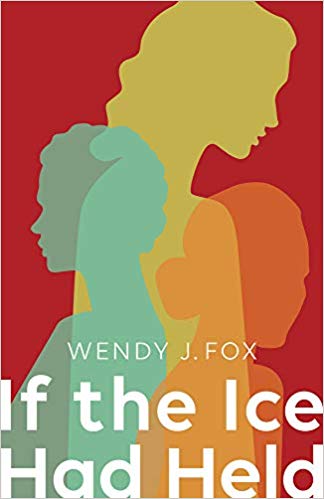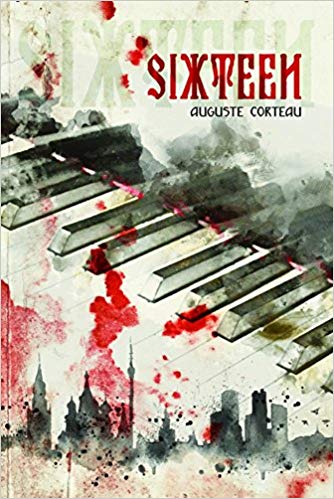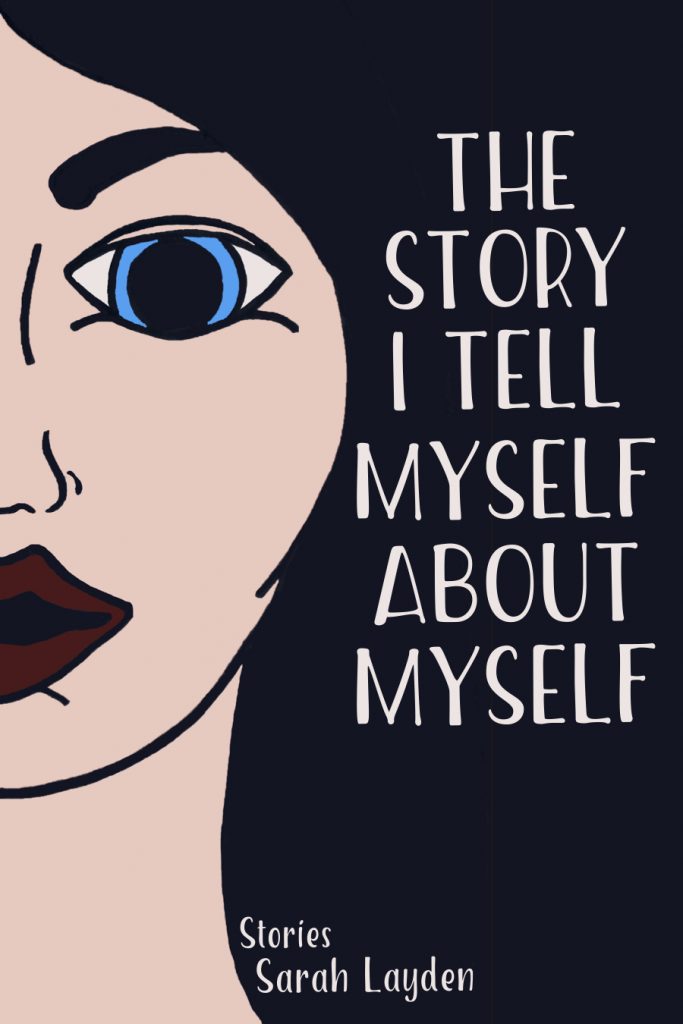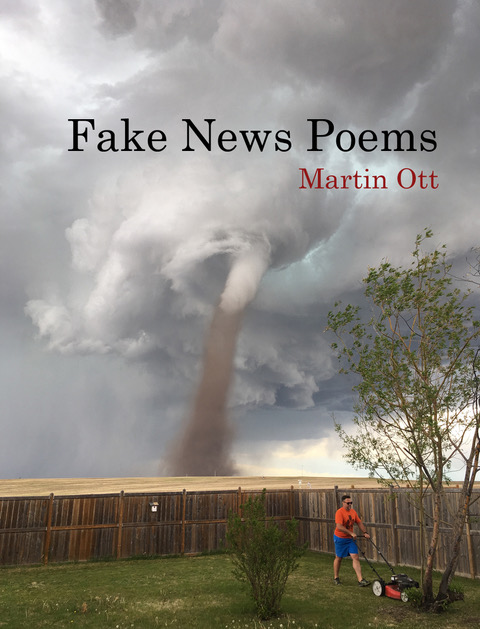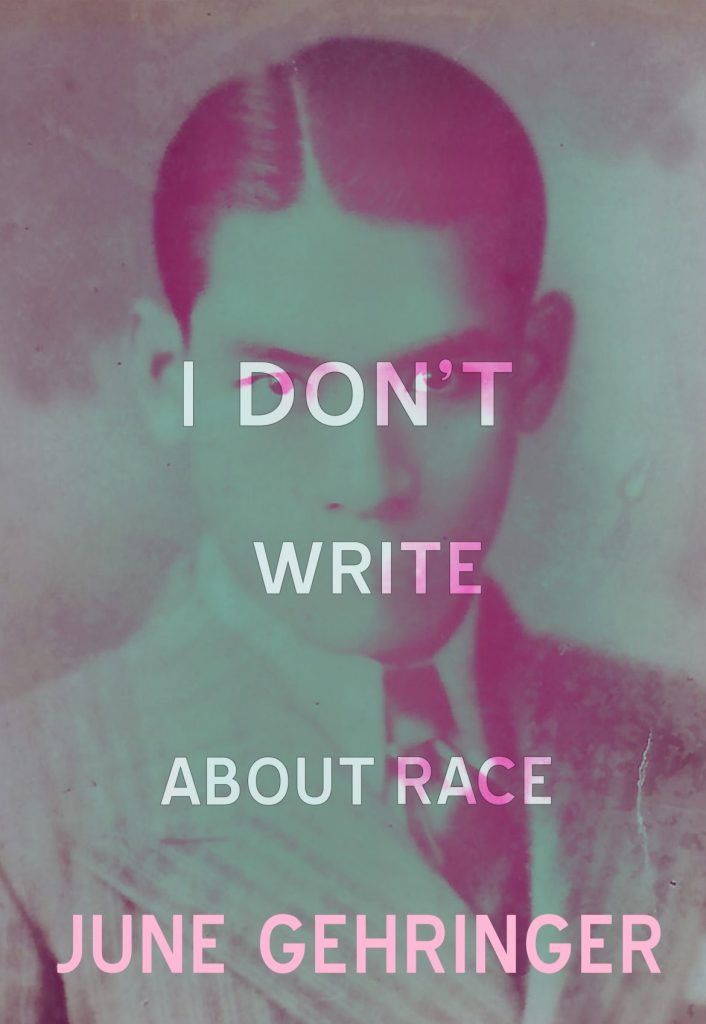
(Graywolf Press, 2019)
REVIEW BY LEONARD TEMME
—
The long-anticipated publication of Illya Kaminsky’s Deaf Republic is an important literary event. The title page identifies the book as “poems,” which is as misleading as it is true. True, because the book contains 59 poems, each capable of standing alone with its own structure, sound, meaning, and music. Misleading, because the book is a single work of art, to be encountered as a totality from beginning to end. Taken together, the poems form a two-act play describing the military occupation of Vasenka, a fictional Eastern European town. The 36 poems of the first act tell the story of Sonya and Alfonso Barabinsky, while the 21 poems of the second act tell the story of Mamma Galya Armolinskaya.
The play opens with the poem, Gunshot, which begins:
Our country is the stage.
When soldiers march into town, public assemblies are officially prohibited. But today, neighbors flock to the piano music from Sonya and Alfonso’s puppet show in Central Square….
An army jeep swerves into the square, disgorging is own Sergeant.
‘Disperse immediately!’
The poem continues with a description of the puppet show, the Sergeant, and the townspeople who watch the deaf boy, Petya,
… lean back, gather all the spit in his throat, and launch it at the Sergeant.
The sound we do not hear lifts the gulls off the water.
With the Sergeant’s unheard gunshot the book earns its title, Deaf Republic, for the people of Vasenka can hear nothing.
These poems have multiple backstories, some clearly biographical. Kaminsky was born in Odessa when the Ukraine was still part of the former Soviet Union and is himself deaf. Moreover, Kaminsky published a related sequence of 16 poems in the May 2009 issue of Poetry Magazine and that sequence is still available online. Several of these earlier poems are not included in the book while some have been radically rewritten and a few remained unchanged. In a note accompanying the 16 poems, Kaminsky writes that they are from an unfinished manuscript, Deaf Republic, found under the floorboards of a house in an Eastern European town, and that they tell the story of a pregnant woman and her husband during the occupation. He adds that several versions of the manuscript exist. The fiction of the floorboards as well as the many differences between the 16 poems of the sequence and those in the book point to several more backstories. And let’s not overlook the backstories that make these poems immediately relevant to our lives in America today.
The book includes a dramatis personae listing the characters who populate the play, but not every character speaks. Act One has two voices; one voice is the Townspeople, a narrator who provides action, context, and continuity, not unlike a Greek Chorus. The other voice is Alfonso, the husband of pregnant Sonya. They are puppeteers in Madam Galya Armolinskaya’s puppet theater. Act One describes the newlywed couple and the Townspeople under the military occupation. Sonya gives birth to her baby girl, Anushka, and is then summarily shot. The soldiers take Anushka from Alfonso and hang him. Act One closes with:
There will be evidence, there will be evidence.
While helicopters bomb the streets, whatever they will open, will open.
What is silence? Something of the sky in us.
Act Two also has two voices, the Townspeople and that of Madam Mamma Galya Armolinskaya, the charismatic, dynamic, active resistance fighter, who at 53 is having more sex than any of us, and who whipped a Lieutenant with the leash of his own patrol dog / and there were thirty-two persons watching / (for the baker / insisted / on bringing his sons). The Townspeople admire and hate Mamma Galya, the luckiest woman in our nation, as they remain deaf to the horrors and cower. They would give anything
… to ride away from our funerals
beside you, in a yellow taxi,
two windows open,
leaving loaves of bread
in the mailboxes
of the arrested.
Larger than life, she rescues the baby Anushka hidden in a bundle of laundry, raises her, leads the resistance, is betrayed by the men of Vasenka, executed, and buried. Read these poems aloud and weep.
Describing the aftermath of Mamma Galya’s funeral, the anonymous voice of the Townspeople declaims:
Today
I have to screw on the expression of a person
though I am at most an animal
and the animal I am spirals
from the funeral to his kitchen, shouts: I have come, God, I have come running to you –
in snow-drifted streets, I stand like a flagpole
without a flag.
The play takes place in the historical past, and in a county with alien Eastern European names we associate with oppressive authoritarian governments. We recognize that the play describes the kinds of violence that have happened many times in many places. Far worse things are reported daily today, just not yet here for most of us. So we in America, safe within our boarders, read the play at a safe distance, shake our heads at the horror and suffering, confident, right down to our toes, how wrong it all is, how horrible, and are outraged at the atrocities, with the subtext not us, not us running sotto voce through our heads as we read.
The book sandwiches the play between an opening and a closing poem that cut deeply because they dissolve the distance between America and Vasenka to place us in the middle of the Deaf Republic. The opening poem is titled the indictment, We Lived Happily During the War, and begins:
And when they bombed other people’s houses, we
protested
but not enough, we opposed them but not
enough. I was
in my bed, around my bed America
was falling: invisible house by invisible house by invisible house –
and continues with the closing indictment:
In the street of money in the city of money in the country of money,
our great country of money, we (forgive us)
lived happily during the war.
The closing poem titled, In a Time of Peace, is the reply and begins:
Inhabitant of the earth for fortysomething years
I once found myself in a peaceful country. I watch neighbors open
their phones to watch
a cop demanding a man’s driver’s license. When the man reaches for his wallet,
the cop
shoots. Into the car window. Shoots.
to conclude with:
This is a time of peace.
I do not hear gunshots,
but watch birds splash over the backyards of the suburbs. How bright is the sky
as the avenue spins on its axis.
How bright is the sky (forgive me) how bright.
We, the American deaf, who protest too little to be effective but enough to assuage our conscience, who catch the daily atrocities on the evening news, are called to examine ourselves. Regardless of how self-congratulatory we are for ‘America as the shining city on the hill,’ we are part of the history of humanity, no better, and, we hope, no worse than most.
Deaf Republic may be described as a hybrid, with text on a continuum between prose and poetry with each piece a dramatic monologue that moves the story forward. The intention, shape, and scope of the piece, a play, mostly poetry, intended to be read rather than staged, puts the text in the tradition of Closet Drama, a form that had some popularity during the Elizabethan and Jacobian periods and among the nineteenth century romantics. This form has been subsumed by the modern radio play or today’s podcast, and it is hard not to imagine Deaf Republic being performed as a reading, possibly with music. Reading the Deaf Republic sent this reviewer to revisit Schoenberg’s A Survivor From Warsaw; the two are close cousins.
This is political writing at its best–not ideological or hectoring poster board invective but the sound of human anguish–read the poems, weep, and be shaken.
—
Leonard Temme has a doctorate in neurophysiology and is a research scientist in a government laboratory. He studied writing most extensively with Marie Ponsot, Sue Walker, Josh Davis and Kristina Darling. In addition to his professional publications, his writing has appeared numerous literary and small presses. He served as Poet Laureate of North West Florida between 1989 and 1992.

![[PANK]](https://pankmagazine.com/wp-content/themes/pank/assets/images/pank-logo-large.png)

